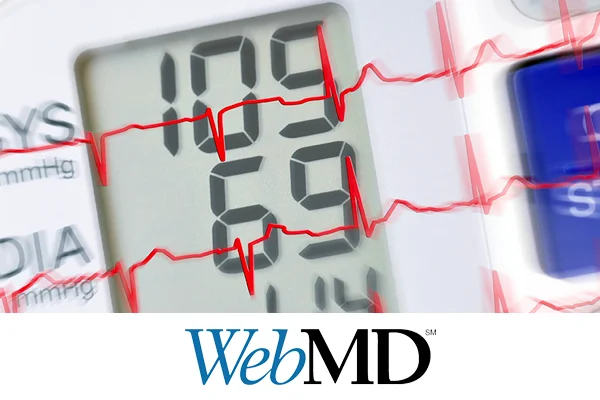
When you have isolated systolic hypertension, only your top blood pressure level is elevated. Your systolic blood pressure (the top number) is higher than 130, while your diastolic pressure (the bottom number) is normal. Your doctor uses both of these figures to check your blood pressure.
The systolic blood pressure is the highest number. It shows how hard your heart is pumping blood through your arteries. When your heart is at rest, the bottom figure is your diastolic blood pressure.
Your doctor or nurse will probably tell you your blood pressure using both numbers. They’ll tell you the systolic pressure and the diastolic pressure. A normal blood pressure reading is less than 120/80. Your doctor is the only one who can tell you if you have isolated systolic hypertension.
In individuals 70 and older, this is the most prevalent type of high blood pressure. About 15 out of every 100 older individuals in the U.S. have high blood pressure that only affects their systolic blood pressure. The higher your top number, the more likely you are to have heart problems. Bhavna Suri, MD, a cardiologist at Manhattan Cardiology, says that as you get older, your arteries become stiffer and less flexible, which makes it harder for your heart to push blood out. It can also be harder to deal with fluctuations in blood flow and pressure. Your systolic blood pressure (the top number) starts to rise when this happens. But your resting (diastolic) pressure may stay the same or even drop. Read the article
Would you like to book an appointment with Dr. Suri?


